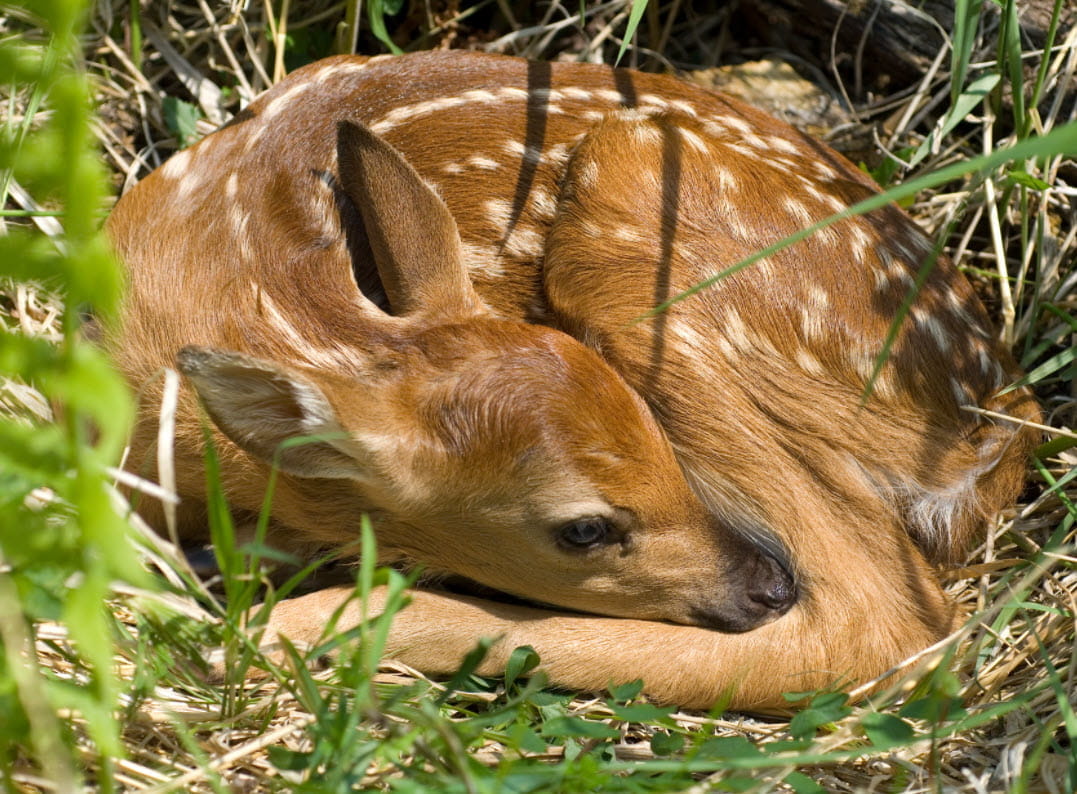Briefly explain the importance of understanding and appreciating local wildlife.
Our world is teeming with an incredible variety of plant and animal life, and local wildlife plays a vital role in maintaining the balance of ecosystems. Understanding and appreciating the wildlife that surrounds us is not only fascinating but also essential for our own well-being and the health of the planet. Local wildlife refers to the diverse array of species that inhabit our immediate surroundings, from the birds that sing outside our windows to the insects buzzing in our gardens.
By familiarizing ourselves with local wildlife, we gain a deeper connection to the natural world and develop a sense of stewardship for the environment. Each creature has its own unique role to play, contributing to the delicate web of life that supports us all. Whether it’s the pollinators that enable plants to reproduce or the predators that help control populations, every species has a part to play in maintaining the ecological balance.
Introduce the purpose of the blog: to provide tips for learning about local wildlife.
The purpose of this blog is to offer practical tips and guidance for individuals who are interested in learning about the local wildlife in their area. By providing information and advice, we aim to empower readers to embark on their own journeys of exploration and discovery. From research and preparation to observing and documenting wildlife, there are various steps you can take to deepen your understanding and appreciation of the natural world around you.
By following these tips, you can not only expand your knowledge but also develop a greater sense of connection and responsibility towards the local ecosystem. Whether you live in a bustling city or a rural community, there is always an opportunity to explore and learn about the incredible diversity of wildlife that coexists with us. So, let’s dive into the tips that will help you unlock the wonders of your local wildlife.
- Research and Preparation
- Highlight the significance of research before starting your wildlife exploration.
Before setting out to learn about local wildlife, it’s important to engage in research and preparation. By familiarizing yourself with the species that inhabit your area, their habits, and their needs, you can maximize your chances of successful wildlife encounters. Research not only enhances your knowledge but also helps you approach wildlife with respect and sensitivity.
Provide suggestions for reliable sources of information, such as field guides, websites, and local nature organizations.
To gather accurate and reliable information, turn to trusted sources such as field guides, which provide detailed descriptions and illustrations of local flora and fauna. Websites and online platforms dedicated to wildlife identification and conservation can also serve as valuable resources. Local nature organizations, such as nature centers, botanical gardens, or wildlife rehabilitation centers, often offer educational programs and resources to help individuals learn about the local wildlife.
Discuss the importance of understanding the ecosystem and habitats in your area.
Understanding the ecosystem and habitats in your area is key to comprehending the interconnections between different species and their environments. By studying the ecological factors that influence local wildlife, such as food sources, nesting sites, and migration patterns, you can gain insights into the behavior and needs of the species you encounter.
Take the time to learn about the various ecosystems present in your region, whether it’s forests, wetlands, grasslands, or coastal areas. Each habitat hosts its own unique array of wildlife, adapted to the specific conditions of that environment. Understanding these habitats will enable you to explore them more effectively and appreciate the significance of the wildlife within them.
Observe and Document
Encourage readers to observe wildlife in their natural habitat.
Observing wildlife in its natural habitat is an excellent way to learn about their behavior, interactions, and adaptations. It allows you to witness their daily activities and gain a deeper understanding of their lives. Find a comfortable spot, be patient, and let nature unfold before




